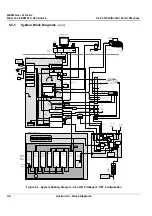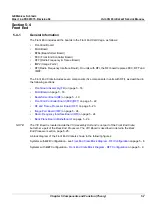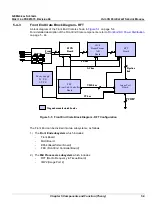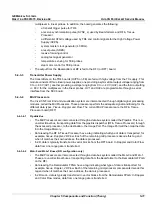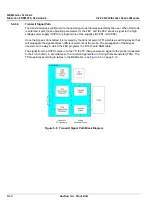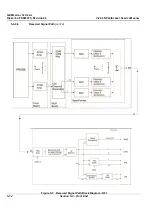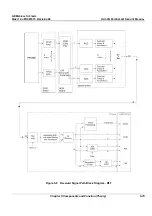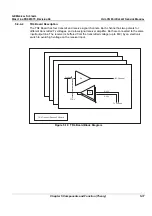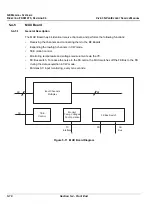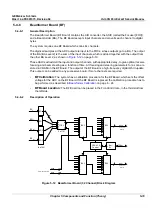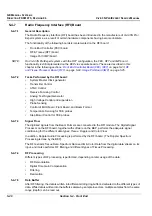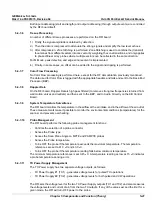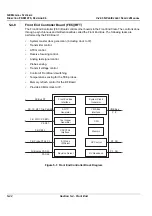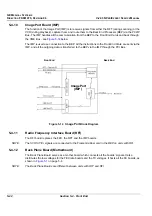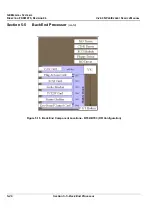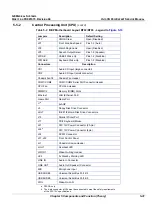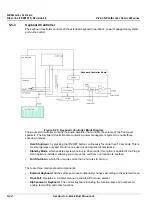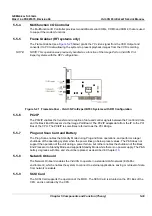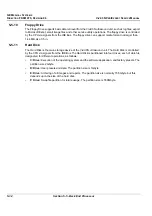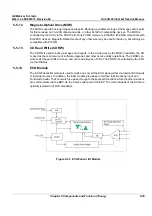
GE M
EDICAL
S
YSTEMS
D
IRECTION
FK091075, R
EVISION
04
V
IVID
3N P
RO
/E
XPERT
S
ERVICE
M
ANUAL
5-20
Section 5-4 - Front End
5-4-7
Radio Frequency Interface (RFI) Board
5-4-7-1
General Description
The Radio Frequency Interface (RFI) board has been introduced in the manufacture of Vivid 3N Pro/
Expert systems, as a result of certain hardware components having become obsolete.
The functionality of the following boards is implemented on the RFI board:
•
Front-End Controller (FEC) board
•
RF & Tissue (RFT) board
•
Image Port (IMP) board
NOTE:
On Vivid 3N Pro/Expert systems with the RFT configuration, the FEC, RFT and IMP board
functionality is still implemented on the BEP via separate boards. These are described in this
chapter in the following sections:
Front End Controller Board (FEC) (RFT)
on page 5-23;
RF
and Tissue Processor Board (RFT)
on page 5-24;
Image Port Board (IMP)
on page 5-25.
5-4-7-2
Tasks Performed by the RFI board:
•
System Master Clock generator
•
Transmitter Control
•
ATGC Control
•
Receive Focusing Control
•
Analog Test Signal Generator
•
High Voltage Control and supervision
•
Probe Sensing
•
Control of MUX board, Front Board, and Beam Former
•
Temperature Sensing for TEE probes
•
Step Motor Control for TEE probes
5-4-7-3
Signal Flow
The digitized signals from the Beam Formers are connected to the RFI module. The Digital Signal
Processor on the RFI board, together with software on the BEP, performs the adequate signal
conditioning for the different data types;
Tissue
,
Doppler
and
Color Flow
.
In addition, Doppler Audio Processing is performed by the RFI board. (The Doppler Spectrum
Processing is done by the BEP).
The RFI extracts Tissue Data, Spectrum Data and IQ & Color Data from the digital data stream on its
input, and it also performs RF filtering and different types of Tissue Processing.
5-4-7-4
RF Processing
Different types of RF processing is performed, depending on later usage of the data:
•
RF Demodulation
•
Digital Time Gain Compensation
•
Filtering
•
Decimation
5-4-7-5
Data Buffer
After RF filtering, the data is written into different sliding ring buffers, dedicated to the different types of
data. While data is written into the buffers sample-by-sample in vectors, multiple samples from the same
range (depth) can be read out.

